Timeline of Events – 1940
World War II – Poland
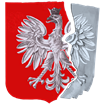
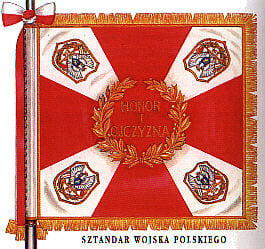
Polish 7TP Tank
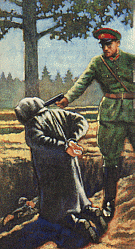
Katyn: a shot in the head
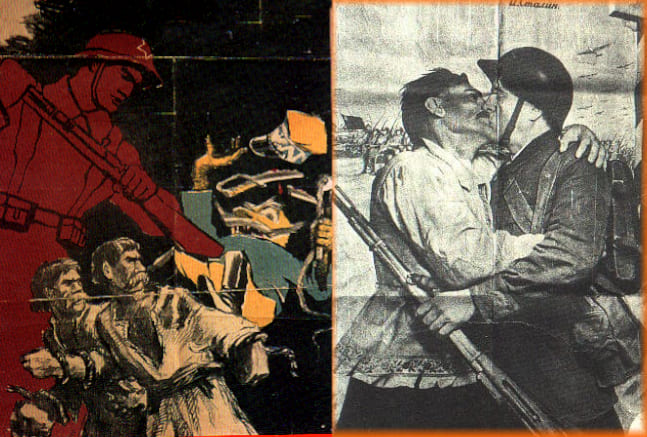
Soviet Propaganda Posters On the left a Russian soldier beats a Polish officer; the other says: Our army is the army of liberators of the workers

American Communists supported the Nazi-Soviet Pact.
January – Poles arrive in Syria and form part of the French Army as the Polish Carpathian Brigade. When France falls they refuse to surrender, and join the British army in Palestine.
January 1 – A Soviet educational system is imposed on Poland. Polish subjects as well as Polish students and teachers are phased out. Before the war, Lwow University was 70% Polish, 15% Ukrainian and 15% Jewish. Under the Soviets it becomes 3% Polish, 12% Ukrainian and 85% Jewish.
January 9 – Stormtroopers report to Heinrich Himmler that they have carried out “the elimination of 4,000 incurable patients from Polish mental hospitals.”
January 21 – Polish High School students participate in an uprising against the Soviets in Czortkow. Arrested are 600 people some of whom are shot, including students.
January 22 – Death toll of Poles executed by the Nazis reaches 15,000, and will accelerate.
February 10 – First of four mass deportations of Poles to Siberia. About 220,000 civil servants, government officials, police, small farmers and forest workers are taken.
March 5 – Soviet Politburo decides to “apply the supreme penalty” to Polish POWs at Kozielsk, Starobielsk and Ostaszkow, as well as 11,000 imprisoned in Ukraine and Byelorussia. Executions commence in early April.
April 3 – First of 62 POWs is taken from Kozielsk to Katyn where they are executed by the NKVD and dumped into a mass grave.
April 8 – The Polish submarine Orzel sinks the Rio de Janeiro with German troops bound for the attack on Norway.
April 9 – Germany invades Denmark and Norway.
April 13 – Second of four mass deportations of Poles to Siberia; taken are 230,000 members of families of people previously arrested and of those who escaped abroad, tradesmen and farmers.
April 27 – Heinrich Himmler orders the building of Auschwitz.
May – Start of “Aktion AB” the pacification program to exterminate Polish intelligenstsia and resistance in German-occupied Poland. It is coordinated with
similar Soviet operations.
May 4 – Polish destroyer Grom is sunk near Narvik.
May 8 – The Polish Podhalanska Brigade, part of an Allied expeditionary force, lands on the Norwegian island of Hinnoy and prepares to attack Narvik occupied by the Germans.
May 10 – Hitler invades France, Belgium and Holland.
May 11 – Last of 50 Polish POWS are taken from Kozielsk to Katyn for execution. Some 4,200 from Kozielsk have been executed while 245 are spared. In total, 27,000 Polish Allied soldiers are murdered on Stalin’s orders.
May 12 – Last of 90 POWs who were spared execution, leave Kozielsk and are sent to other Soviet camps. None suspect the fate of their murdered comrades.
May 26 – – 31 Polish destroyer Blyskawica takes part in the evacuation of the British Expeditionary Force from Dunkirk.
May 29 – Allied expeditionary force recaptures Narvik from the Germans.
June – Within ten months of the German invasion of Poland, a Polish army of 85,000 men who escaped, is established in France under General Wladyslaw Sikorski, and will fight German invaders once more.
June 8 – The Orzel is lost in Norwegian waters with 6 officers and 49 seamen.
June 14 – First 728 Polish prisoners are brought to Auschwitz.
For the next 21 months the camp is used to imprison mostly Poles.
June 17 – USSR invades Estonia, Latvia and Lithuania with half a million troops. Hundreds of thousands are deported to Siberia.
June 18 – The First Polish Grenadier Division defends its sector in a two-day battle against the Germans at Lagarde, France.
June 19 – As France prepares to surrender, General Sikorski announces that Poland will continue to fight. Polish forces escape to England, Switzerland and Africa.
June 20 – Most of the Polish 2nd Division, 14,000 soldiers, cross the Franco-Swiss border after the fall of France.
June 20-21 – 378 Polish prisoners from Pawiak Prison are executed by the Nazis near Palmiry.
June 22 – France capitulates to Hitler.
June 23 – Third of four mass deportations of Poles to Siberia. Taken are 240,000 of those who fled the Nazis, small merchants, doctors, teachers and journalists.
July 1-12 – Gestapo deports to Auschwitz 80 Polish lawyers of the Polish Bar Association for refusing to disbar Jewish lawyers.
July 10 – Battle of Britain begins.
August 5 – The Polish Air Force is reconstituted in Britain.
August 14 – All-Polish, RAF 302 City of Poznan Fighter Squadron, begins operations in Britain.
August 30 – RAF 303 Kosciuszko Fighter Squadron, begins operations in Britain when a Polish pilot shoots down a German bomber during a training flight. The 303 will be credited with 126 kills: the highest in Fighter Command.
September 7 – German Blitz on British cities begins.
November 26 – Some 400,000 Jews are walled inside the Warsaw Ghetto. The Jewish police, consisting of Jewish volunteers at the disposition of the Nazis, will eventually number 2,500.
Christopher Jacek Gladun was born in 1951 and grew up in Canada to where his family emigrated from England as displaced persons. Sadly, Chris died in Toronto in March 2003. He held a diploma in Journalism from the Niagara College and a BA in Polish Language & Literature from the University of Toronto. Chris also acted as interviewer and researcher for the documentary film “Rescued From Death in Siberia”.
This content is now maintained by the Kresy-Siberia Group, which Chris was a charter member of and which is taking his website and his research work forward.
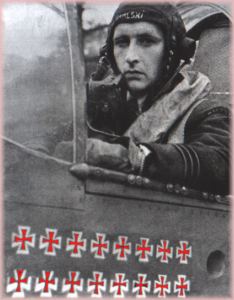 Some 17,000 men and women passed through the Polish Air Force hile it was on British soil. They not only played a crucial part in the Battle of Britain, they also contributed significantly to the Allied war effort in the air.
Some 17,000 men and women passed through the Polish Air Force hile it was on British soil. They not only played a crucial part in the Battle of Britain, they also contributed significantly to the Allied war effort in the air.